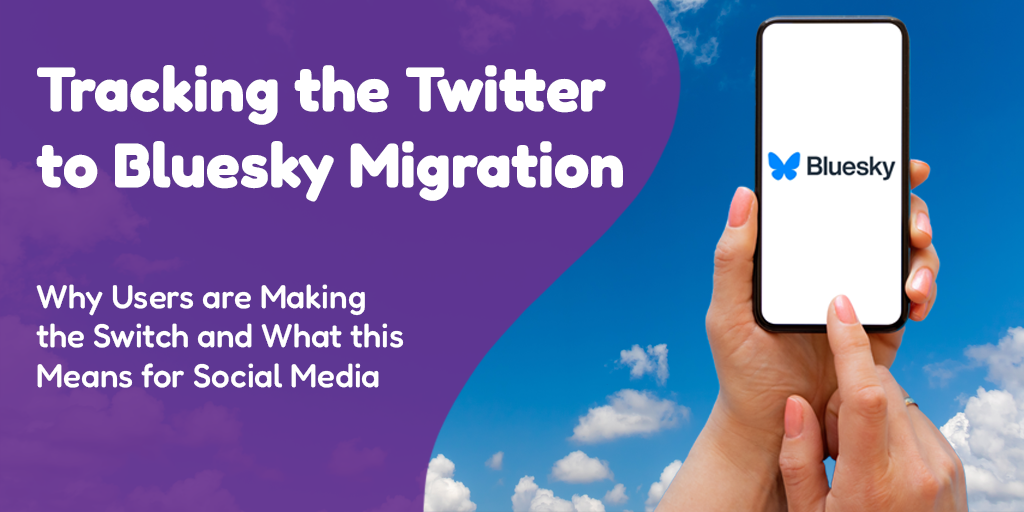 Posted by Logan Snyder on October 28th, 2019
Posted by Logan Snyder on October 28th, 2019I “rebranded” myself in August of this year, announcing my name change (it’s Logan now!) to my family, staff and clients. And the world, of course! It went better/smoother than I’d expected, and the brand stakeholder (that’s me!) is delighted with the results, all of which is pretty much the best you can say of any rebranding effort.
Now, two months out from the announcement, I’m reflecting on that rebranding as I watch my friend and colleague Amanda rebrand her business. Rebranding a business is, as I said in my original post, very much like rebranding yourself. You must identify what your new brand will be. You must prepare and lay the ground work for the transition. You must decide what that transition will look like (Is it a surprise? Do you ‘tease’ the announcement?). And you must make a plan for ensuring a smooth transition to the new branding, everywhere that people have become accustomed to seeing the old brand.
For me, this work is still in progress (I have some legal changes to make), but that really means just that the transition to new branding is not fully complete, and in many ways that’s actually the smallest portion of the work of rebranding, whether that’s yourself or your business. Yes, it’s the thing that you make a checklist for and ticky off the boxes, and you’ll spend ages trying to nail down every place on the web that your old brand needs to be updated, but that’s just the TASKS. It’s not the WORK.
The real work of any rebranding is the prep work. Choosing a new brand, whether personal or business, is fraught. It’s emotional. It’s inevitably a process that involves some loss and some grieving of the past that you’re now overwriting with your shiny new future. That’s big stuff! It can be scary, it can be emotional, it can be really, really hard, no matter how in love with your new brand you are. And in many ways this is actually easier when the rebranding is personal; for me, it was of primary importance that I loved my new name. Everyone else’s concerns were lesser. When you’re rebranding a business, you must consider not only yourself, but your clients or customers. Will the new name resonate with your target audience? You must consider availability of the trademark and domain name before you can make a decision, because you need that domain.
When I announced my personal rebranding, I wanted to make a smooth shift with minimal fanfare, and so I opted for a couple of private announcements to people closer to me, followed by a public announcement that lives as a link in my email signature, reducing the amount of individual explanations I have to do. I reviewed the data on that page recently, out of curiosity, and found a series of short spikes as the announcement percolated through emails, followed by a quick dropoff.

Honestly, this is exactly what I’d want to see in this scenario: Brief intense interest, followed by a quick return to business as usual. Were I rebranding a business rather than myself, I’d probably strive for more excitement and interest before, during, and after the announcement.
I now reside in the realm of the WORK, which is to say making sure that all the things that need changes get changes. For both human and business rebranding, this is where lists are your best friend. Make a list. Keep adding to it, you’ll forget something. Cross off or check off items, don’t delete them, because you WILL forget what you have changed. My list just for a personal rebrand included:
- Multiple places on my website
- Facebook, Yelp, and other informational and social media sites
- LinkedIn, where I’m still using my old name as a “nickname” for continuity’s sake
- Many, many software systems: Project management, payroll, time-tracking…
- …and that’s before we touch banking, credit cards, my business registration….the list goes on and on.
A full business rebrand will likely include:
- Changes to the logo, which will need to be updated everywhere the name is used and then some
- If you change that logo, you also need to change signage and print materials, including business cards, letterhead, and envelopes.
- Registering the new name with the state and any other agencies you’re beholden to.
- Updates to all software systems within the business
- Updates to all internal informational content like employee handbooks.
- Updates to all places on the web where the business is/has been promoted: Facebook, Yelp, Google Maps, directories, etc. This list can be immense for larger companies!
Planning these changes so that they all roll out in a reasonable timeframe with minimal un-changed “strays” is no small feat. A good team can help ensure that the process is as smooth and neat as possible, and that’s where the hasOptimization crew comes in. We know the process, we know your business and clients (or get to know them real fast), and we know how to track down all the places on the web where your new name and logo need to be loaded up and announced. Heck, the hasOptimization team even helped me with the process for my personal rebranding–and I can say for certain that none of it would have gone as smoothly without Morgan and Aimee’s input.




